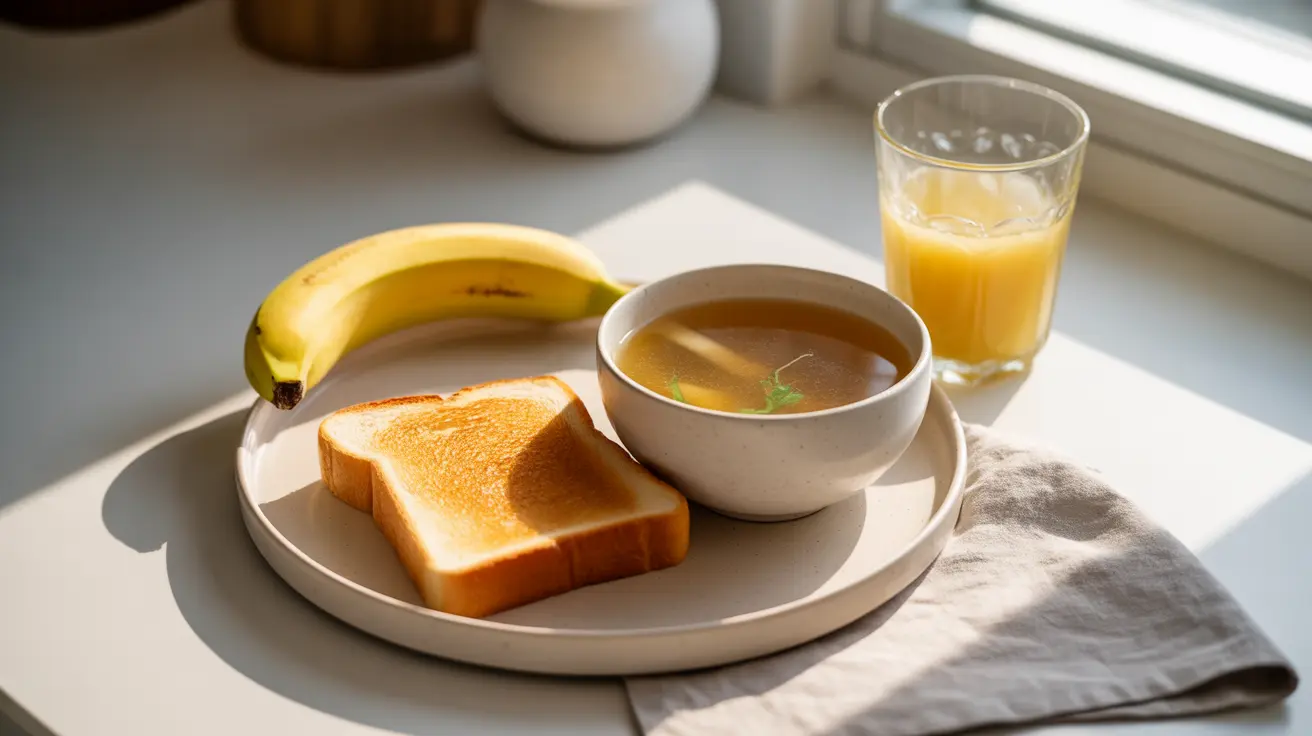Having your gallbladder removed (cholecystectomy) requires careful attention to your diet during recovery. Understanding what to eat and what to avoid can significantly impact your healing process and help prevent digestive discomfort. This comprehensive guide will help you navigate dietary changes after gallbladder surgery.
Initial Recovery Diet Guidelines
During the first few days after surgery, following specific dietary guidelines is crucial for minimizing digestive issues and supporting healing. Start with clear liquids and gradually progress to easily digestible foods as tolerated.
Foods to Include Initially
- Clear broths and soups
- Gelatin
- Plain crackers
- Toast without butter
- Apple juice or grape juice (diluted)
- Water and clear sports drinks
Foods to Avoid Initially
- Fried and greasy foods
- High-fat dairy products
- Spicy foods
- Raw vegetables
- Whole grains
- Caffeinated beverages
Transitioning to a Regular Diet
As your body adjusts to life without a gallbladder, you'll need to make gradual dietary changes. This transition typically occurs over several weeks, allowing your digestive system to adapt to processing fats differently.
Progressive Meal Planning
Start with small, frequent meals (4-6 per day) rather than three large ones. This approach helps your body better manage bile flow and digest fats more effectively. Gradually increase portion sizes as tolerated.
Managing Fat Intake
Without a gallbladder to regulate bile release, your body needs time to adjust to processing fats. Focus on incorporating healthy fats in moderate amounts while avoiding excessive fat consumption.
Recommended Fat Sources
- Lean proteins (skinless chicken, fish)
- Avocados
- Nuts and seeds (in small portions)
- Olive oil (in moderation)
- Low-fat dairy products
Fiber Reintroduction
Carefully reintroducing fiber helps prevent constipation while avoiding digestive stress. Begin with small amounts of soluble fiber before adding insoluble fiber sources.
Gradual Fiber Sources
- Cooked vegetables
- Ripe bananas
- Applesauce
- Oatmeal
- Well-cooked legumes
Long-term Dietary Considerations
Most people can return to a normal diet within 4-6 weeks after surgery. However, maintaining certain dietary habits can help prevent digestive issues and promote optimal health.
Sustainable Diet Tips
- Choose lean proteins
- Include plenty of vegetables and fruits
- Opt for whole grains once tolerated
- Stay hydrated
- Monitor portion sizes
Frequently Asked Questions
What foods should I eat and avoid immediately after gallbladder removal surgery?
Immediately after surgery, start with clear liquids and bland, low-fat foods like toast, crackers, and clear broths. Avoid fatty, fried, and spicy foods, as well as dairy products and raw vegetables during the initial recovery period.
How can I gradually reintroduce fiber into my diet after gallbladder removal?
Begin with easily digestible, soluble fiber sources like cooked vegetables, ripe bananas, and oatmeal. Gradually increase fiber intake over several weeks, paying attention to how your body responds. Add one new fiber-rich food at a time to monitor tolerance.
Why is it important to eat low-fat foods and small frequent meals after gallbladder removal?
Without a gallbladder to store and regulate bile release, your body needs time to adjust to processing fats. Eating smaller, frequent meals helps manage bile flow more effectively, while limiting fat intake reduces the risk of digestive discomfort and diarrhea.
How long does it typically take to return to a regular diet following gallbladder surgery?
Most people can return to their normal diet within 4-6 weeks after surgery. However, this timeline varies by individual, and it's important to progress gradually based on your body's response to different foods.
What are common digestive problems after gallbladder removal and how can diet help manage them?
Common issues include diarrhea, gas, and bloating. These can be managed by eating smaller, more frequent meals, avoiding trigger foods (especially high-fat items), staying hydrated, and gradually increasing fiber intake. If problems persist, consult your healthcare provider for personalized advice.




